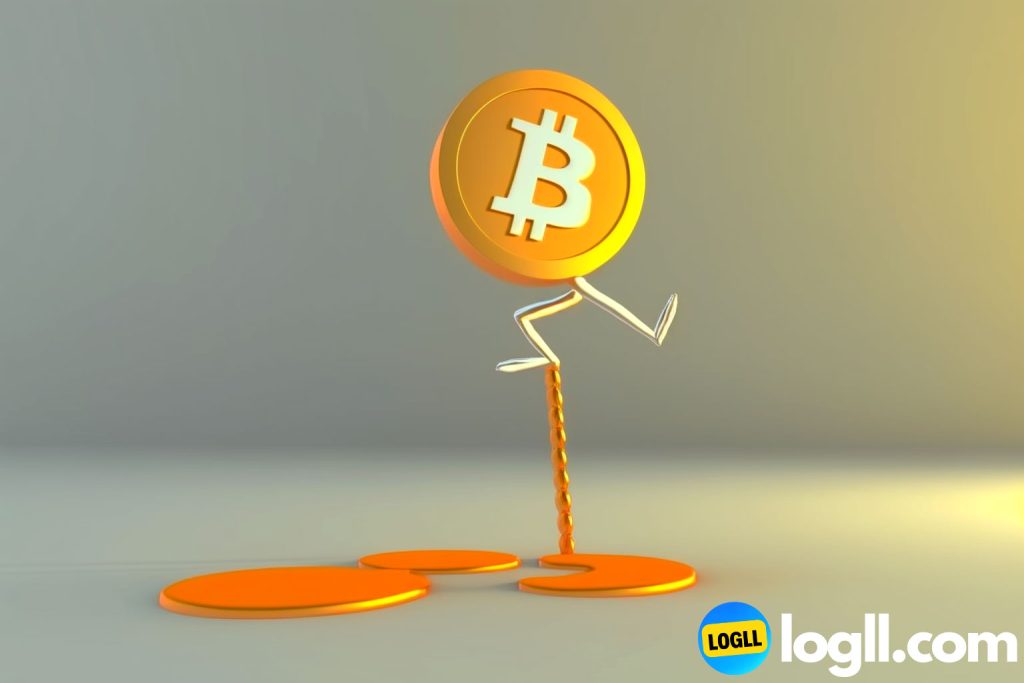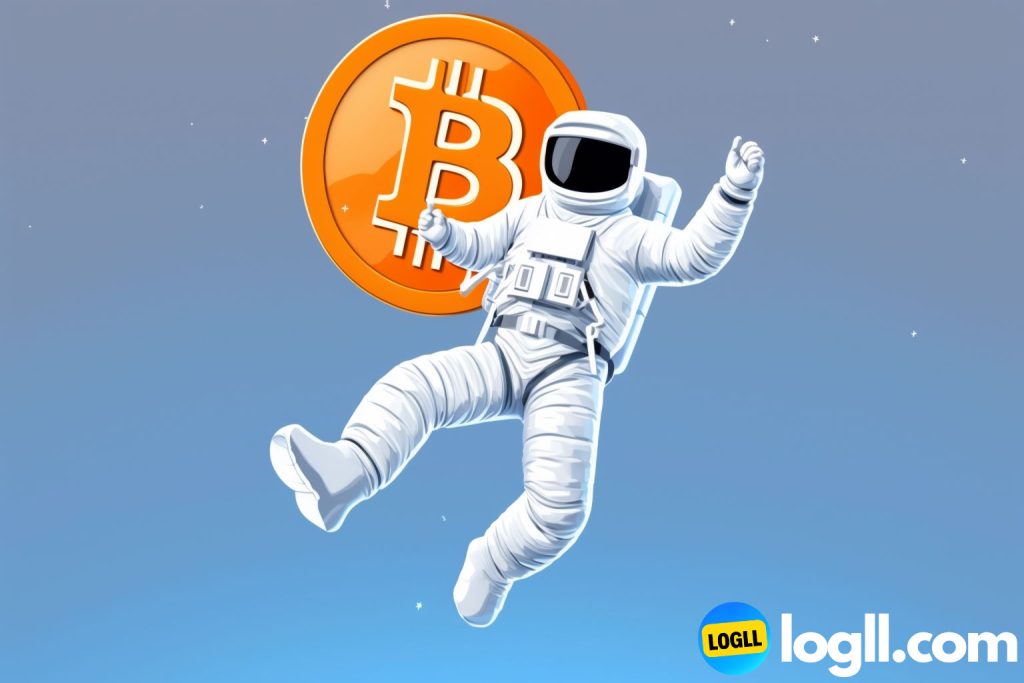The recent remarks made by Federal Reserve Chair Jerome Powell have caused quite a stir in the financial world.
Impact of Powell’s remarks on the Financial World and Market Trends
Last night, the price of Bitcoin (BTC) against the U.S. dollar reached an important level of $23,400, as the markets responded positively to the Federal Reserve’s comments. The Wall Street session on Feb. 7 also saw a boost in equities.

Powell’s remarks echo a similar period in the 1970s, during the presidency of Richard Nixon, when high inflation and unemployment plagued the U.S. economy, leading to a state of stagflation. In response to this economic crisis, Paul Volcker, the new Fed Chair under Carter, took action to curb inflation with a tight monetary policy.
Federal Reserve Chair Jerome Powell’s Remarks on the U.S. Economy
This move eventually succeeded in bringing inflation under control and set the stage for a period of economic growth. Powell’s remarks have reinforced the market’s optimism that interest rate hikes could ease more rapidly in line with inflation, as seen in the recent Federal Open Market Committee meeting on Feb. 1 where the Fed raised interest rates by 0.25%.

However, Powell has also noted that the U.S. is still in the early stages of stagflation and there is still “a long way to go.” Despite this cautionary note, risk assets rallied near the close of the Wall Street session, with the S&P 500 and the Nasdaq Composite Index finishing 1.3% and 1.9% higher, respectively.

Impact of Inflation and Monetary Policies on the Economy
While buyers were unable to overcome ask liquidity at $23,400 and beyond for Bitcoin, it still erased its previous weakness after dropping below $22,700 earlier in the week. This liquidity remained in place, according to data from Material Indicators, which tracks the Binance order book.

Effective measures and responsible monetary policies are crucial for a stable economy and for protecting consumer purchasing power. This period highlights the difficulty in addressing inflation and the impact it can have on the economy.

#Dogecoin #Space #astronaut #Crypto Up or Down? pic.twitter.com/tolWAaSTiu
— Logll Tech News (@LogllNews) February 8, 2023


(Image credit: logll.com)
https://youtu.be/RX46Ge3Rca4
Conclusion
The Federal Reserve’s recent comments on stagflation and the interest rate hike have sparked market optimism and a positive response from investors. The 1970s serves as a reminder of the challenges in addressing inflation and the importance of effective measures and responsible monetary policies for a stable economy.

Despite Powell’s cautionary note, risk assets rallied near the close of the Wall Street session, with the S&P 500 and the Nasdaq Composite Index finishing higher. The fate of bitcoin, however, remains uncertain as buyers were unable to overcome ask liquidity at $23,400 and beyond. Will this be the turning point for the cryptocurrency market? Only time will tell.





